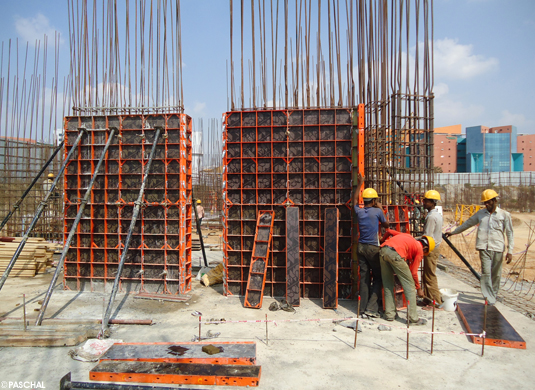The construction industry continuously evolves, with contractors adopting innovative techniques to improve efficiency, sustainability, and overall project quality. Here are some of the most groundbreaking methods used by modern contractors.
Building Information Modeling (BIM)
What is BIM?
Building Information Modeling (BIM) is a digital representation of the physical and functional characteristics of a facility. It serves as a shared knowledge resource for information about a facility, forming a reliable basis for decisions during its lifecycle.
Benefits of BIM
– Improved collaboration among stakeholders.
– Enhanced visualization of the project.
– Reduced errors and rework.
– Better cost estimation and resource management.
Prefabrication and Modular Construction
How It Works
Prefabrication involves assembling building components off-site in a factory setting before transporting them to the construction site. Modular construction takes this a step further by creating entire sections or modules that are then assembled on-site.
Advantages
– Reduced construction time.
– Lower labor costs.
– Enhanced quality control.
– Minimal waste generation.
3D Printing
Application in Construction
3D printing in construction involves creating building components layer by layer using materials like concrete, plastics, and composites. This technology is used for constructing entire buildings or specific parts.
Key Benefits
– Significant reduction in construction time.
– Lower material waste.
– Greater design flexibility.
– Ability to produce complex shapes and structures.
Sustainable Construction Practices
Techniques Employed
Contractors are increasingly adopting sustainable practices such as using eco-friendly materials, implementing energy-efficient systems, and reducing waste through recycling and reuse.
Impact
– Lower environmental footprint.
– Reduced operating costs through energy savings.
– Improved health and comfort for building occupants.
– Enhanced property value and marketability.
Robotics and Automation
Role of Robotics
Robots are used for tasks such as bricklaying, concrete pouring, and site surveying. Automation systems are also employed for various repetitive tasks, enhancing precision and efficiency.
Benefits
– Increased safety by reducing human exposure to hazardous tasks.
– Higher accuracy and consistency in construction.
– Accelerated project timelines.
– Reduced labor costs.
Advanced Materials
Innovative Materials
The development of advanced materials like self-healing concrete, graphene, and aerogels has revolutionized construction techniques. These materials offer superior properties compared to traditional options.
Advantages
– Increased durability and longevity of structures.
– Enhanced thermal and acoustic insulation.
– Greater strength-to-weight ratios.
– Improved resistance to environmental factors.
Drones and Aerial Surveys
How Drones are Used
Drones are employed for site surveys, inspections, and monitoring progress. They provide high-resolution images and videos, helping contractors make informed decisions.
Benefits
– Faster and more accurate data collection.
– Enhanced site safety by reducing the need for manual inspections.
– Better project documentation and tracking.
– Improved site management and logistics.
Augmented Reality (AR) and Virtual Reality (VR)
Application in Construction
AR and VR technologies are used for visualization, design, and training purposes. AR overlays digital information onto the physical world, while VR creates immersive virtual environments.
Key Benefits
– Improved design accuracy and client engagement.
– Enhanced training and safety procedures.
– Better project planning and coordination.
– Reduced errors and rework.
Smart Building Technologies
What Are Smart Buildings?
Smart buildings integrate automated systems to control various aspects like lighting, heating, ventilation, and security. These systems use sensors and IoT (Internet of Things) devices to optimize building performance.
Advantages
– Enhanced energy efficiency and reduced operational costs.
– Improved occupant comfort and productivity.
– Real-time monitoring and maintenance.
– Increased building lifespan and value.
Lean Construction
Principles of Lean Construction
Lean construction focuses on maximizing value and minimizing waste. It involves streamlining processes, improving collaboration, and using resources more efficiently.
Impact
– Reduced project costs and timelines.
– Improved quality and safety.
– Better stakeholder satisfaction.
– Enhanced sustainability and resource utilization.
Conclusion
The construction industry is embracing a range of innovative techniques to enhance efficiency, sustainability, and project quality. By adopting these advanced methods, contractors can deliver superior results while addressing the challenges of modern construction. Whether it’s through digital technologies like BIM and VR or sustainable practices and advanced materials, these innovations are shaping the future of the industry.













